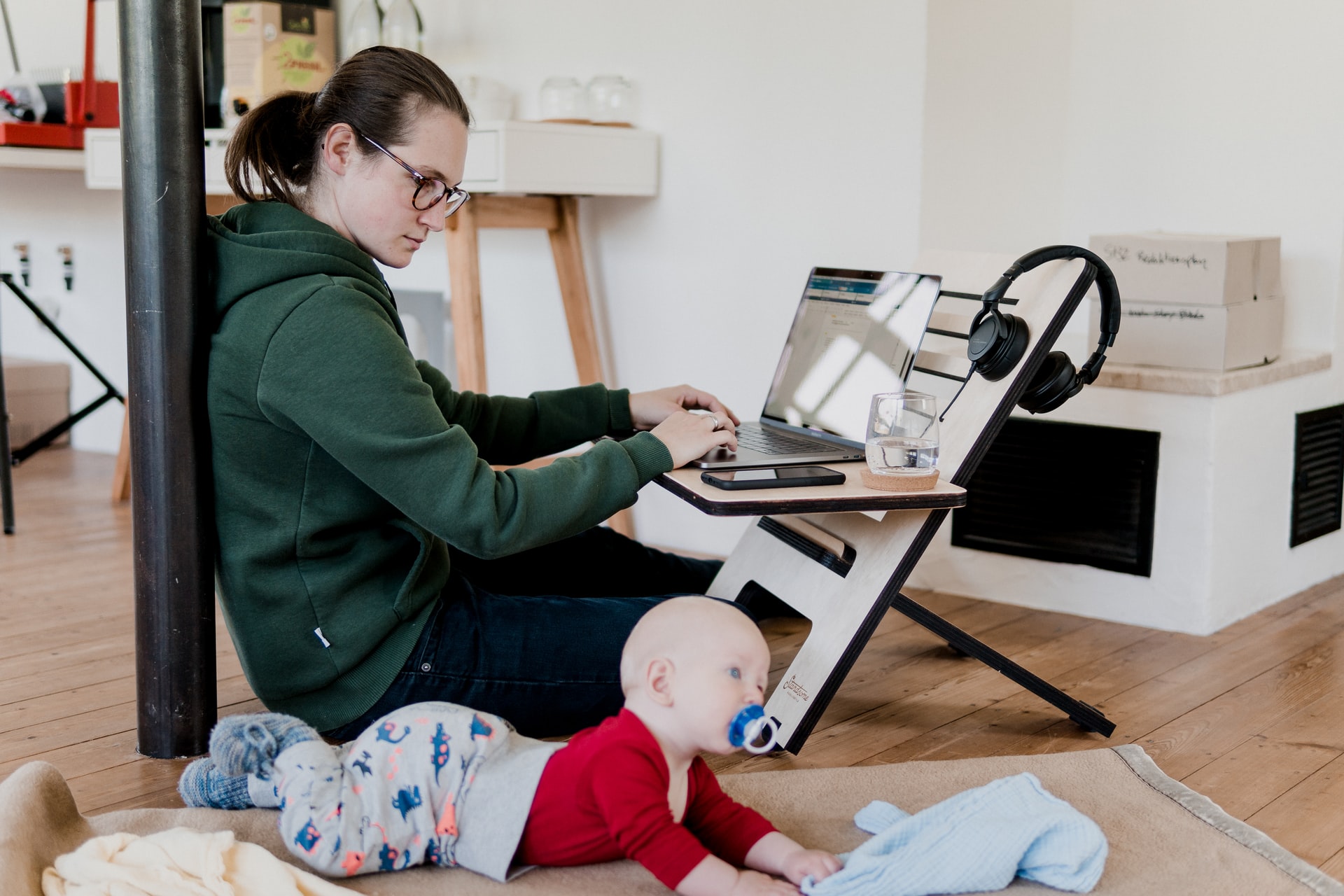The COVID-19 crisis has stimulated a major reassessment of work. This means that standard working patterns such as the 9 to 5, the concept of office-based or geographically-based working and the idea of a full-time job are all under pressure. As we reassess the world of work, what does this mean for service providers?
One of the big questions tirelessly turned over is: will workers want to go back into city centres and return to commuting? This ‘WHERE’ question is important for service providers because where workers are located determines where they need to build capacity.
Another question frequently asked is: HOW will workers work? On a superficial level that increasingly means online or using digital technologies. But on a deeper level this asks questions about what times and for how long will people work – WHEN will they work? This is important for service providers because it raises questions around busy hours and how we dimension networks and maintain quality of service.
Even deeper than this is the question of WHY they will work. As Zoe Williams recently discussed in The Guardian, for decades there has been a cult of work promoted by companies. That is, companies expecting employees to centre their lives around work. This has been problematic both from the viewpoint of worker burn out, but also the effect it has on personal relationships and how it contributes to non-inclusivity because it discriminates against those with caring responsibilities. While I agree with Williams that COVID-19 has stimulated a big reappraisal of people’s working lives, there are important points that are often glossed over that point to new opportunities for service providers.
Not all countries have a long hours culture. In Germany workers have a right to switch off the phone. The Germans call this Feierabend and take the right to an uninterrupted 11-hour break every 24 hours seriously. Feierabend is a very Work Anywhere concept. Workers in other countries are beginning to bemoan the lack of boundaries now that they work at home and complain about the leakage of work into their private lives. This is a concept that CSPs could roll into their CCAPS – creating rules that filter work calls and redirect them to colleagues or voicemail outside working hours.
Although Williams presents the long-hours culture as a relatively new thing, it isn’t. Working class workers have had to work excessively long hours for centuries. The concept of leisure time is, in itself, new and somewhat alien to the poor. In order to make ends meet, many workers have always had ‘side hustles’ or, as we now call them, Nanobusinesses. These are part-time businesses or monetised hobbies that bring in a vital new revenue stream to the household. Often these might be where a worker’s actual passion lays, rather than in their main job. There is a huge opportunity for service providers to support this type of business as part of an enhanced household offer.
The pandemic has also significantly accelerated control shifting from employer to employee. Workers are now more in control of their own time – deciding when and how they work. This is important when you are employing people to add what humans uniquely can, such as creativity, empathy and problem solving, because creative people often struggle within a rigid system. What’s holding this back is that managers still measure things such as hours worked, rather than outputs such as successful outcomes. Changing that mindset has huge consequences.
In the telecoms vertical it means, for example, weighting customer satisfaction with customer support and first-call-resolution rates as relatively more important than time-to-resolution and average call handling rates. An extra 60 seconds on the phone might cost a service provider slightly more, but if it results in fewer second calls and less churn amongst call centre agents, then it can result in far more value than the often trivial cost.
The shift in working patterns is also towards more part-time and temporary workers who work non-standard hours. This opens up new pools of skilled workers to businesses but it also creates opportunities for CSPs to help their enterprise and SME customers manage dynamic workforces in terms of temporarily provisioning extra network services, opening up and closing off access to applications, and applying business rules and cybersecurity protection to those working at home.
New working patterns offer a wide range of opportunities for service providers, but what’s essential is that they make it easy for businesses and individual workers to buy what they need from them in order to meet their customers’ new ways of working.
